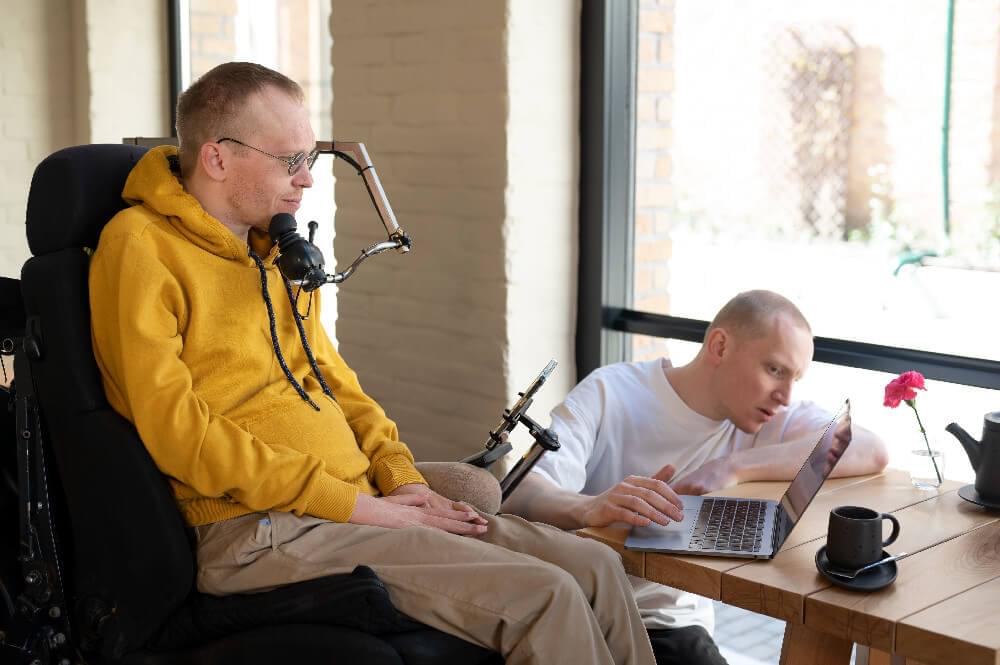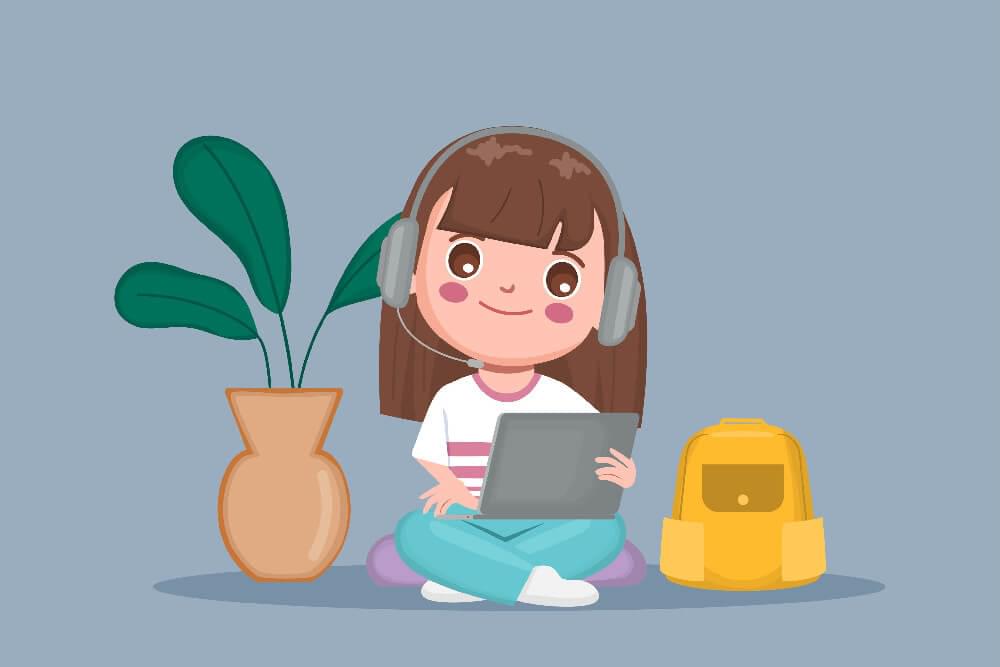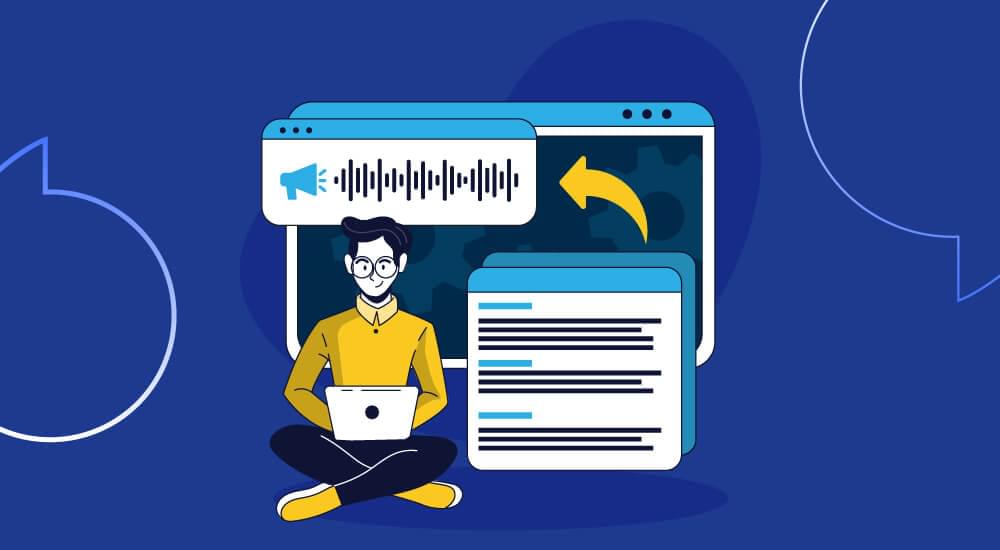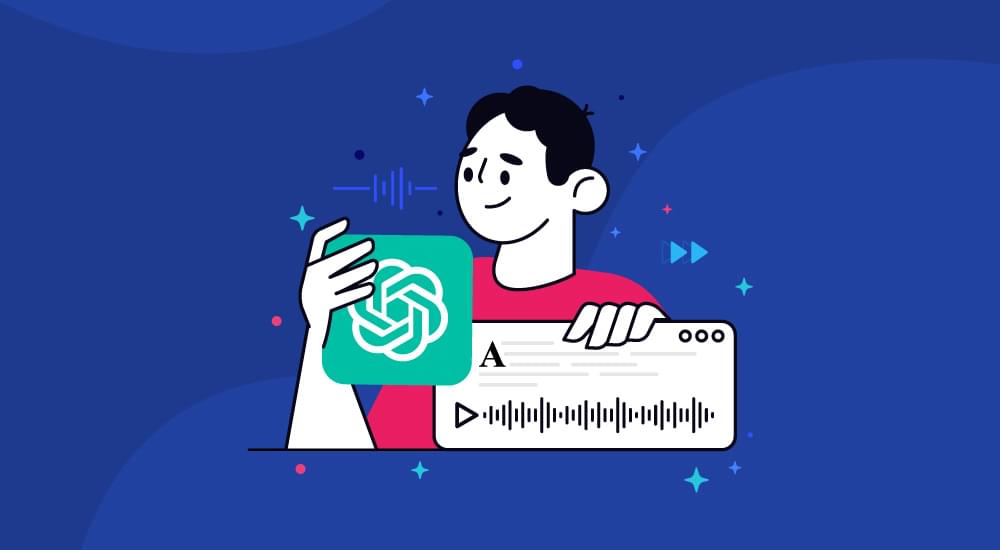voice technology tutorials
What is Speech Synthesis? A Detailed Guide
Have you ever wondered how those little voice-enabled devices like Amazon’s Alexa or Google Home work? The answer is speech synthesis! Speech synthesis is the artificial production of human speech that sounds almost like a human voice and is more precise with pitch, speech, and tone. Automation and AI-based system designed for this purpose is called a text-to-speech synthesizer or voice synthesizer and can be implemented in software or hardware.
The people in the business are fully into audio technology to automate management tasks, internal business operations, and product promotions. The super quality and cheaper audio technology are taking everyone with awe and amazement. If you’re a product marketer or content strategist, you might be wondering how you can use text-to-speech synthesis to your advantage.
Speech Synthesis for Translations of Different Languages
One of the benefits of using text-to-speech in translation is that it can help improve translation accuracy. It is because the synthesized speech can be controlled more precisely than human speech, making it easier to produce an accurate rendition of the original text. It saves you ample time while saving you the labor of manual work that may have a chance of being error-prone. The speech synthesis translator does not need to spend time recording themselves speaking the translated text. It can be a significant time-saving for long or complex texts.
If you’re looking for a way to improve your translation work, consider using TTS synthesis software. It can help you produce more accurate translations and save you time in the process!
If you’re considering using a text-to-speech tool for translation work, there are a few things to keep in mind:
- Choosing a high-quality speech synthesizer or voice synthesizer is essential to avoid potential errors in the synthesis process.
- You’ll need to create a script for the synthesizer that includes all the necessary pronunciations for the words and phrases in the text.
- You’ll need to test the synthesized speech to ensure it sounds natural and intelligible.
Text-to-Speech Synthesis for Visually Impaired People
With speech synthesis, you can not only convert text into spoken words but also control how the words are spoken. This means you can change the pitch, speed, and tone of voice. TTS is used in many applications, websites, audio newspapers, and audio blogs.
They are great for helping people who are blind or have low vision or for people who want to listen to a book instead of reading it.

Text-to-Speech Synthesis for Video Content Creation
With speech synthesis, you can create engaging videos that sound natural and are easy to understand. Let’s face it; not everyone is a great speaker. But with speech synthesis, anyone can create videos that sound professional and are easy to follow.
All you need to do is type out your script. Then, the program will convert your text into spoken words. You can preview the audio to make sure it sounds like you want it to. Then, just record your video and add the audio file.
It’s that simple! With speech synthesis, anyone can create high-quality videos that sound great and are easy to understand. So if you’re looking for a way to take your YouTube channel, Instagram, or TikTok account to the next level, give speech-to-text tools a try! Boost your TikTok views with engaging audio content produced effortlessly through these innovative tools.
What Are the Uses of Speech Synthesis?
The text-to-speech tool has come a long way since its early days in the 1950s. It is now used in various applications, from helping those with speech impairments to creating realistic-sounding computer-generated characters in movies, video games, podcasts, and audio blogs.
Here are some of the most common uses for text-to-speech today:

1. Assistive Technology for Those with Speech Impairments
One of the most important uses of TTS is to help those with speech impairments. Various assistive technologies, including text-to-speech (TTS) software, communication aids, and mobile apps, use speech synthesis to convert text into speech.
People with a wide range of speech impairments, including those with dysarthria (a motor speech disorder), mutism (an inability to speak), and aphasia (a language disorder), use audio tools. Nonverbal people with difficulty speaking due to temporary conditions, such as laryngitis, use TTS software.
It includes screen readers read aloud text from websites and other digital documents. Moreover, it includes navigational aids that help people with visual impairments get around.
2. Helping People with Speech Impairments Communicate
People with difficulty speaking due to a stroke or other condition can also benefit from speech synthesis. This can be a lifesaver for people who have trouble speaking but still want to be able to communicate with loved ones. Several apps and devices use this technology to help people communicate.
3. Navigation and Voice Commands—Enhancing GPS Navigation with Spoken Directions
Navigation systems and voice-activated assistants like Siri and Google Assistant are prime examples of TTS software. They convert text-based directions into speech, making it easier for drivers to stay focused on the road. The voice assistants offer voice commands for various tasks, such as sending a text message or setting a reminder. This technology benefits people unfamiliar with an area or who have trouble reading maps.

4. Educational Materials
Speech synthesizers are great to help in preparing educational materials, such as audiobooks, audio blogs and language-learning materials. Some visual learners or those who prefer to listen to material rather than read it. Now educational content creators can create materials for those with reading impairments, such as dyslexia.
After the pandemic, and so many educational programs sent online, you must give your students audio learning material to hear it out on the go. For some people, listening to material helps them focus, understand and memorize things better instead of just reading it.

5. Text-to-Speech for Language Learning
Another great use for text-to-speech is for language learning. Hearing the words spoken aloud can be a lot easier to learn how to pronounce them and remember their meaning. Several apps and software programs use text-to-speech to help people learn new languages.
6. Audio Books
Another widespread use for speech synthesis is in audiobooks. It allows people to listen to books instead of reading them. It can be great for commuters or anyone who wants to be able to multitask while they consume content. Audio storytelling has recently gained popularity, with many people now using it to engage audiences through podcasts, audiobooks, and other formats.
7. Accessibility Features in Electronic Devices
Many electronic devices, such as smartphones, tablets, and computers, now have built-in accessibility features that use speech synthesis. These features are helpful for people with visual impairments or other disabilities that make it difficult to use traditional interfaces. For example, Apple’s iPhone has a built-in screen reader called VoiceOver that uses TTS to speak the names of icons and other elements on the screen.
8. Entertainment Applications
Various entertainment applications, such as video games and movies, use speech synthesizers. In video games, they help create realistic-sounding character dialogue. In movies, adding special effects, such as when a character’s voice is artificially generated or altered. It allows developers to create unique voices for their characters without having to hire actors to provide the voices. It can save time and money and allow for more creative freedom.
These are just some of the many uses for speech synthesis today. As the technology continues to develop, we can expect to see even more innovative and exciting applications for this fascinating technology.
9. Making Videos More Engaging with Lip Sync
Lip sync is a speech synthesizer often used in videos and animations. It allows the audio to match the movement of the lips, making it appear as though the character is speaking the words. Hence, they are used for both educational and entertainment purposes.
Related:
Text to Speech and Branding: How Voice Technology Enhance your Brand?
10. Generating Speech from Text in Real-Time
Several tools also use text-to-speech synthesis to generate speech from the text, like live captioning or real-time translation. Audio technology is becoming increasingly important as we move towards a more globalized world.

How to Choose and Integrate Speech Synthesis?
With the increasing use of speech synthesizer systems, choosing and integrating the right system for a particular application is necessary. This can be difficult as many factors to consider, such as price, quality, performance, accuracy, portability, and platform support. This article will discuss some important factors to consider when choosing and integrating a speech synthesizer system.
- The quality of a speech synthesizer means its similarity to the human voice and its ability to be understood clearly. Speech synthesis systems were first developed to aid the blind by providing a means of communicating with the outside world. The first systems were based on rule-based methods and simple concatenative synthesis. Over time, however, the quality of text-to-audio tools has improved dramatically. They are now used in various applications, including text-to-speech systems for the visually impaired, voice response systems for telephone services, children’s toys, and computer game characters.
- Another important factor to consider is the accuracy of the synthetic speech. The accuracy of synthetic speech means its ability to pronounce words and phrases correctly. Many text-to-audio tools use rule-based methods to generate synthetic speech, resulting in errors if the rules are not correctly applied. To avoid these errors, choosing a system that uses high-quality algorithms and has been tuned for the specific application is important.
- The performance of a speech synthesis system is another important factor to consider. The performance of synthetic speech means its ability to generate synthetic speech in real-time. Many TTS use pre-recorded speech units concatenated together to create synthetic speech. This can result in delays if the units are not properly aligned or if the system does not have enough resources to generate the synthetic speech in real-time. To avoid these delays, choosing a system that uses high-quality algorithms and has been tuned for the specific application is essential.
- The portability of a speech synthesis system is another essential factor to consider. The portability of synthetic speech means its ability to run on different platforms and devices. Many text-to-audio tools are designed for specific platforms and devices, limiting their portability. To avoid these limitations, choosing a system designed for portability and tested on different platforms and devices is important.
- The price of a speech synthesis system is another essential factor to consider. The price of synthetic speech is often judged by its quality and accuracy. Many text-to-audio tools are costly, so choosing a system that offers high quality and accuracy at a reasonable price is important.
The Bottom Line With technology
With the unstoppable revolution of technology, audio technology is about to bring the boom and multidimensional benefits for the people in business. You must use audio technology today to upgrade your game in the digital world.









